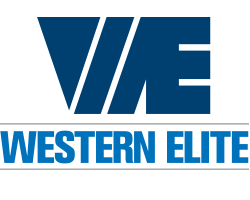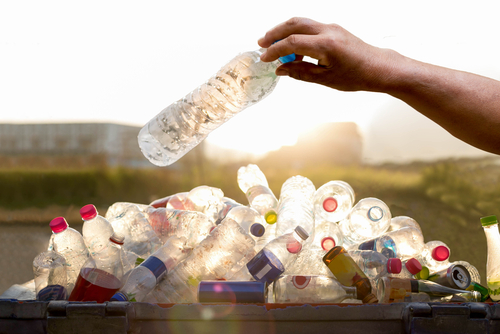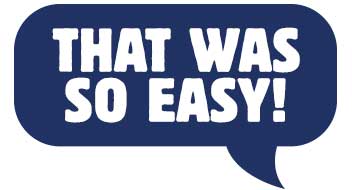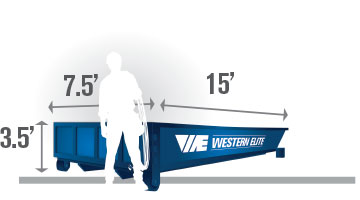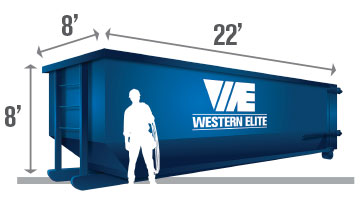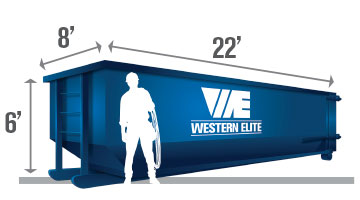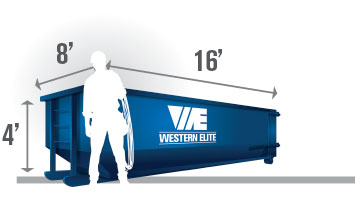What do you do when you’re done with plastic goods? You should be recycling them. A lot of people get overwhelmed with the rules and regulations surrounding recycling, and give up before they even get started. Don’t let recycling intimidate you! One thing that commonly many people find confusing, is the plastic recycling numbers on different types of plastic. There is no explanation readily available on the actual product you are trying to recycle, so it’s easy for you to disregard it and either recycle it improperly, or not recycle altogether. Don’t let this be you! Recycling is so incredibly important. Here’s a quick guide to what the different plastic recycling numbers mean.
PET 1: Polyethylene Terephthalate. This applies to liquid bottles such as soft drinks and water bottles, and things like peanut butter jars.
PE-HD 2: High Density Polyethylene; milk and juice bottles, or trash bags.
PVC 3: Polyvinyl Chloride; can be used for PVC pipes, juice bottles, and plastic/cling wrap.
PE-LD 4: Low Density Polyethylene; Flexible items, such as freezer bags, flexible lids, and squeezable bottles.
PP 5: Polypropylene: can be used for microwavable disposable containers such as takeout containers, disposable plates and cups, and yogurt containers.
PS 6: Polystyrene; this applies to products like packing peanuts, egg cartons, and disposable cutlery.
O 7: This applies to other types of plastic, like polycarbonate and ABS. This can apply to things like electronic casing and beverage bottles.
Check with your local recycling plant
Not every area will recycle all types of plastic. To save both them and you hassle, give them a call and figure out which types of plastic you can recycle where you live. If they don’t accept all types of plastic, you can refer to the numbers on your plastic recyclable items when you sort your plastics to be recycled. You don’t need to understand a lot about the different types of plastic, you just need to know what numbers your area accepts for recycling, and make sure you set those ones aside for your recycling. You can also use this as a reference when you purchase plastic items that you know you’ll be recycling in the future; make sure you only buy plastic products that you know you’ll be able to recycle in your area, to minimize waste and the amount of waste you contribute to your local landfill.
